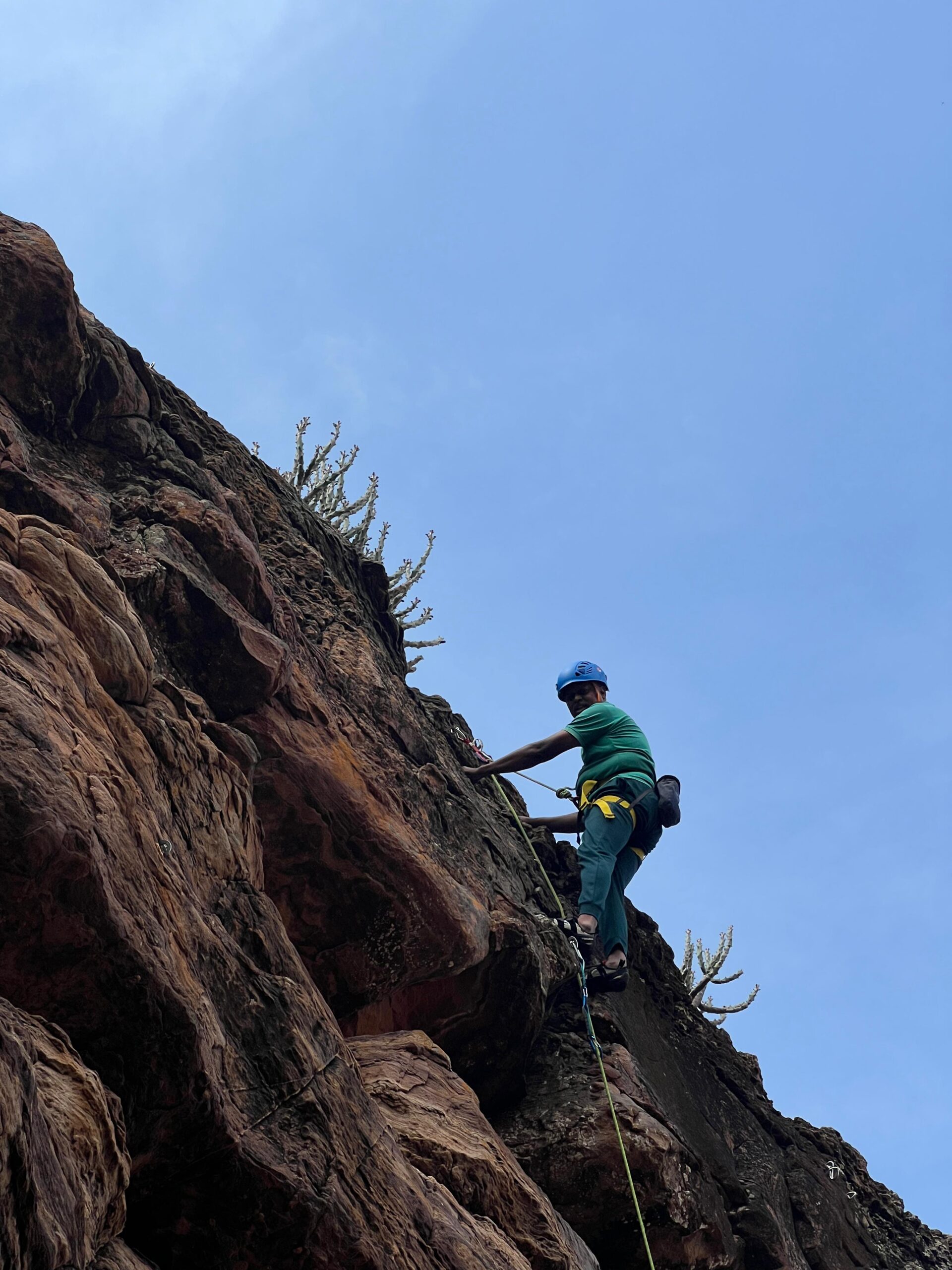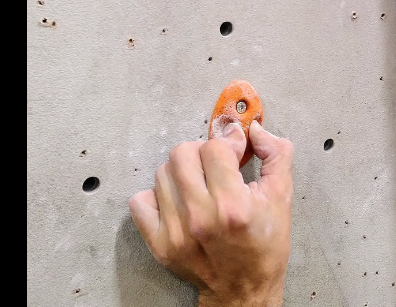Understanding Climbing Grades: How to Analyze and Compare Difficulty Levels
Climbing grades are a crucial part of understanding the challenges of different routes and climbs. While the concept seems straightforward—the higher the number, the harder the climb—there’s much more to unpack when comparing grading systems and interpreting difficulty.
The Basics of Climbing Grades
Grades aim to represent the difficulty of a climbing route, whether indoors or outdoors. However, they’re subjective. What feels easy to one climber may feel impossible to another due to factors like height, reach, and personal strengths.
This subjectivity makes climbing special—each route challenges individuals uniquely. Embracing these differences can make your climbing journey even more rewarding.

INTERMEDIATE

ADVANCED

PRO

How Are Climbing Routes Graded?
Climbing grades are typically determined by consensus:
- The First Ascensionist assigns an initial grade based on their experience.
- Subsequent Climbers may agree or challenge this grade after attempting the route.
Changes to a climb—such as broken holds or the discovery of new techniques (beta)—can lead to ongoing debates. These discussions often occur in guidebooks or forums like Mountain Project, where climbers share experiences and opinions.
Popular Grading Systems
Yosemite Decimal System (YDS)
Widely used in the U.S., the YDS covers hiking, scrambling, and climbing. It provides three main components in its grades, such as 5.12a:
- “5”: Indicates the climb requires technical skills and equipment (ropes or gear).
- “.12”: Reflects the general difficulty within Class 5, on a scale from 2 to 15.
- “a”: Adds specificity to the difficulty, with letters (a-d) narrowing the range.
For example:
- 5.10a is easier than 5.10d.
- 5.12a sits closer to 5.11 than 5.13.
French Grading Scale
Common outside the U.S., this system is widely used for both sport climbing and bouldering. An example grade like 7a+ includes:
- “7”: Denotes the base difficulty (1 to 9 scale).
- “a”: Adds detail to the grade (a, b, or c).
- “+”: Provides extra precision for routes that fall between difficulty levels.
Compared to the YDS, the French system’s structure is often considered more intuitive, making it popular worldwide.
Other Notable Systems
- Vermin Scale (V Scale): Used primarily for bouldering, this scale ranges from V0 (easy) to V17+ (elite difficulty).
- Circuit Grading: Found in Fontainebleau, France, where climbs are grouped into circuits based on overall challenge rather than individual difficulty.
Key Takeaways for Climbers
- Subjectivity Matters: Grades vary depending on personal strengths, body types, and techniques.
- Use Multiple Sources: Compare opinions from guidebooks, online forums, and climbing partners.
- Embrace the Challenge: Focus less on the numbers and more on improving your skills and enjoying the climb.
By understanding climbing grades and how they’re determined, you’ll be better equipped to assess routes, challenge yourself, and connect with the climbing community.
Let me know if you’d like further refinements or additions!

